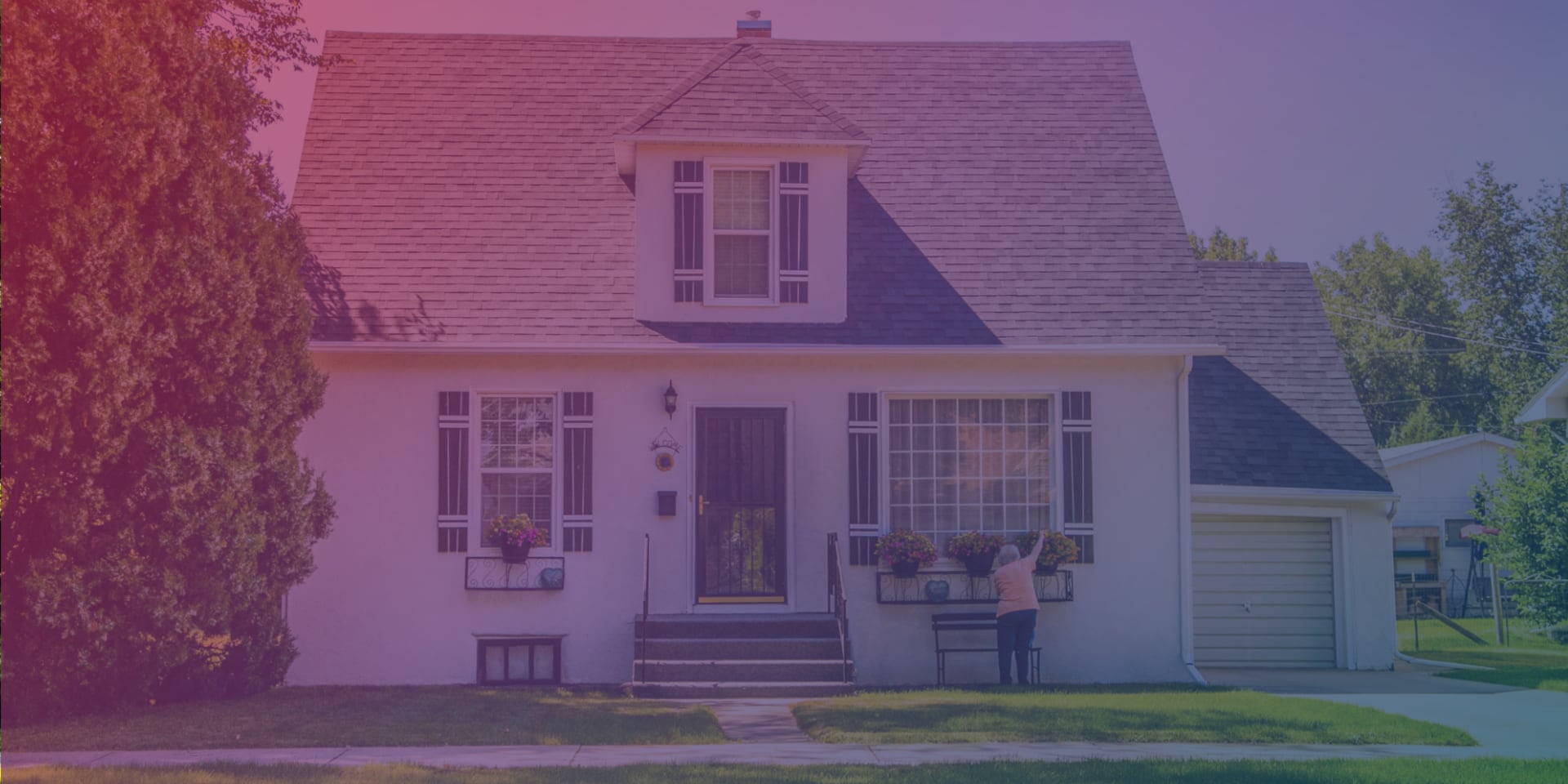Inflation is at a 40-year high, supply chains are stressed, and equity markets have never been higher. All together, these conditions make it one of the best times to own hard assets, and real estate is one of the few that can generate revenue, pay for itself, and improve its overall equity position, even if you feel like you are overpaying. During affordability crunches, those who own the assets in demand are always in the driver’s seat of value.
While everyone has their own unique circumstances to consider, affordability challenges in some areas create opportunity within others. Overall, equity is soaring. Homeowners in the U.S. hold over $25 trillion in equity which presents a number of opportunities for property owners who have purchased within the past 10 years and even those who are just now entering the market.
Over the past few years, low inventory has been the daily watercooler talk within the real estate industry. Post COVID, however, low inventory has transitioned to almost non-existent inventory. Within the greater Central Florida region, we are seeing aggregate levels reaching only one month of supply. In areas of high demand, we may only have a couple of weeks. Depending on what segment of the market you may fall, you may have a slew of options to capitalize on these market conditions.
If you own secondary properties:
- Rent: In Central Florida, if you have an all-in hold of less than $3,500 - $4,000 per month and you are not renting that property, you are missing the income boat. Florida’s business-class population is growing tremendously, and many do not have the time to buy before they begin new area employment. We are inundated with rental requests under $4,000 every day. Private equity is also on a rampage to acquire rental property. If you have a property leased, you will very likely command above market price and be able to draw a comfortable penny out of these firms.
- Sell: If you purchased a property between 3 and 10 years ago, and in some cases even sooner, and it was under $1 million at that time, unless you have pulled out equity with a refinance, you are sitting on a nice chunk of change.
- Refinance: Believe it or not, despite the mad rush of refinances over the past 18 months, many have neglected to look at their rental properties in the same way they would their personal property. There is still time if you have the right lender to refinance for either a lower rate, thus reducing your holding costs with your revenue remaining consistent, or to draw down on your equity for additional purchases or improvements to existing rental properties.
If you own a primary residence:
- Sit tight: If you don’t have any immediate option for a rental property or have identified a replacement property, you may end up in a tough spot and without a home. Remember, inventory is incredibly low and, saving for a complete collapse of the market, your value is likely to hold and even improve over the near to mid-term. All the while you will be paying down that property and increasing your overall equity position.
- Sell and Buy: If you purchased your property between 3 to 10 years ago, have a reason you must leave for, and have a place to go, it is better to exit your equity position now and know what you will make rather than try to time the market later. Your gain on that sale could be put into several different investment vehicles.
- Hold and Buy: If the option is there, now is a very powerful time to convert a primary residence to an investment property. There is an equal demand for rental properties within areas of the market that are experiencing the buying affordability crunch. Now is a uniquely exciting time to start to build your investment property portfolio.
These are but a few positions to consider at the moment. Consulting a qualified real estate practitioner while outlining your individual circumstances will provide insight into your market area as well as viable market options.
About the Author: Click here

